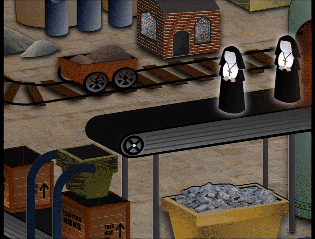The Police Fridge
We're all familiar with the police box from its appearance in the popular BBC geekfest Doctor Who. We may even be acquainted with its original use as a call box for use by members of the police. But how many of us realise that it was primarily designed to be a fridge?
In the nineteenth century, one of the biggest problems facing the Metropolitan Police Force was how to easily access snacks and essential meals during a shift. A policeman on the beat might find himself miles away from the nearest cafe or pie and mash shop, and without a constant intake of calories he was liable to become restless, irritable and violent. This, obviously, was prior to the proliferation of fast food chains and before it was practical to carry snacks - as you may know, Victorian chocolate bars were often several feet long, and would not become pocket-sized until miniaturisation was introduced to the confectionary industry following the invention of the transistor.
What was needed was somewhere that cold meats, dairy produce and pastries could be stored safely and securely, but be available instantly in the event of a crisis. The job was given to Gilbert MacKenzie Trench - an actual real person and not, surprisingly, a name that I just made up. MacKenzie Trench was already famous for inventing the MacKenzie Trench - now, that bit I made up. He also had some experience designing underwater barbecues for the Royal Navy, so he certainly knew his onions.
MacKenzie Trench's design was based on standard refrigerator architecture, comprising four shelves, two salad drawers, a freezer compartment and a little light that came on when you opened the door. Deluxe versions also had an ice maker. The police box additionally had a light on top, which would flash to warn officers that they were running out of milk, and a telephone so they could call up extra sausages in an emergency.
The design was very positively received and MacKenzie Trench followed up his success with a number of other inventions to assist the hungry officer on the beat. These included a hollow truncheon for storing black pudding and the rotisserie helmet, which a constable could use to roast a small chicken under his hat while he carried out his normal duties. But it was only the police box that stood the test of time. In fact, it remained a familiar feature of British streets until the late sixties, when police-issue microwaves became standard.

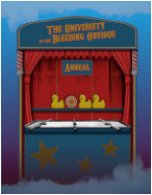


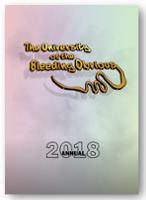





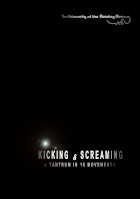









 The Creeper and Other Motorists
The Creeper and Other Motorists Obvious Records
Obvious Records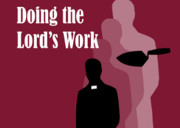 Vicars on the Job
Vicars on the Job Gentlemen's Etiquette
Gentlemen's Etiquette Hear and Now
Hear and Now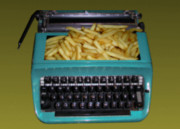 The Chipwriter
The Chipwriter Pirates
Pirates North Yorkshire's Got Talented Traffic Wardens
North Yorkshire's Got Talented Traffic Wardens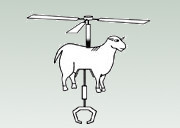 Know Your Sheep
Know Your Sheep A Ding Dong Over Duvets
A Ding Dong Over Duvets

